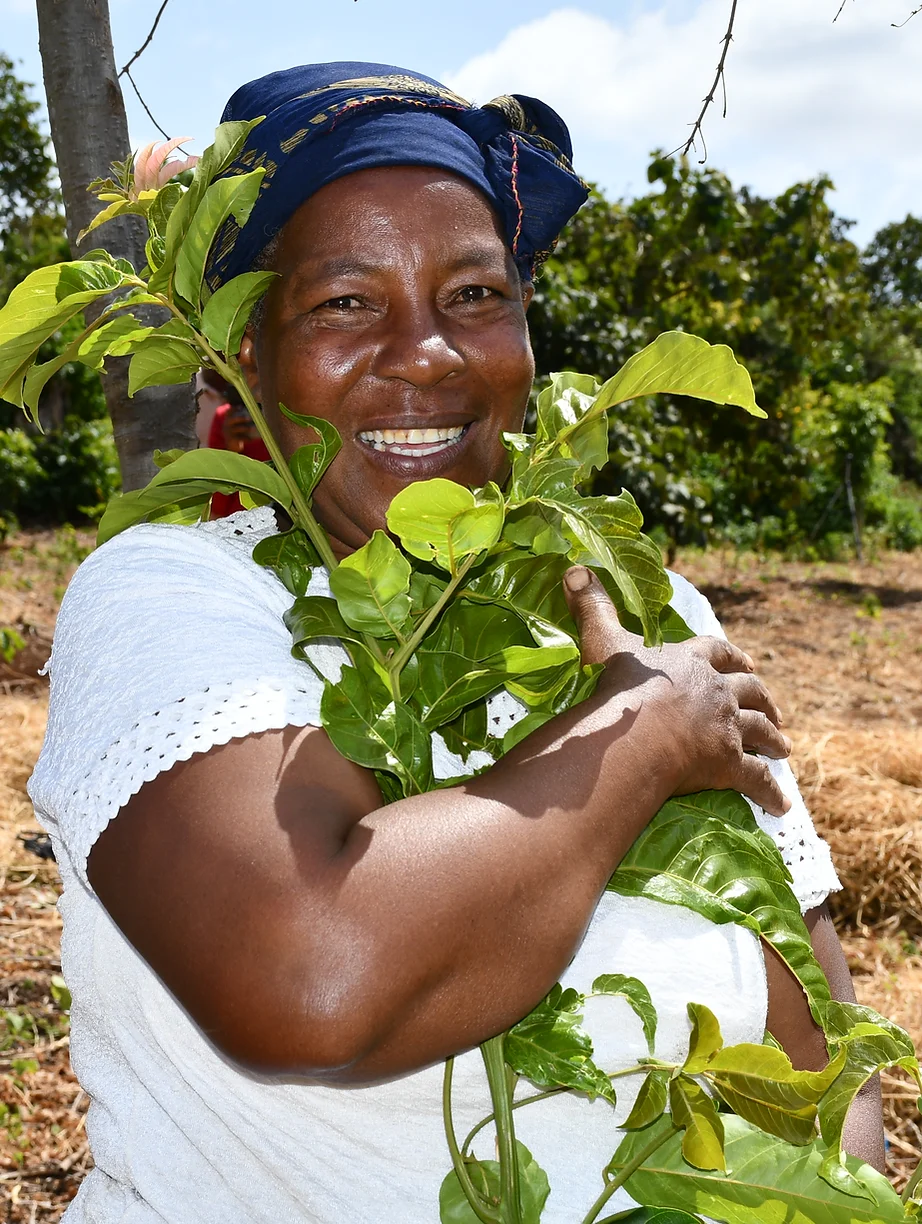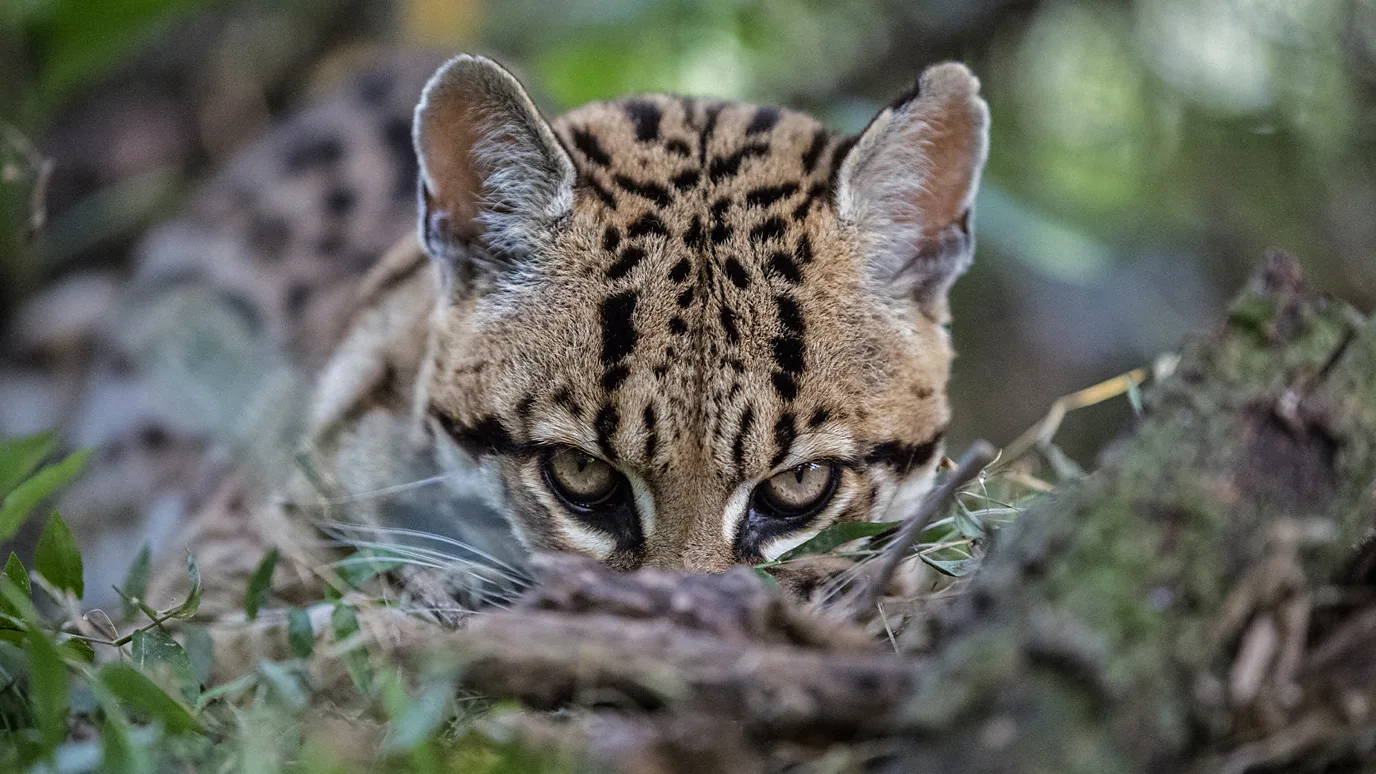Once a degraded backwater, Argentina's Iberá Wetlands is home to a stunning collection of wildlife – and one of the continent's most ambitious eco-initiatives.
As the languid waters of the Carambolita stream shimmered in the early morning sun, our small flotilla of kayaks nosed its way against the gentle current. To one side, a cocoi heron picked its way across lilypads in search of frogs, its long-feathered plumes rising and falling in the soft breeze. On the other, a family of capybara stood partly submerged in the mud, while a languid yacaré caiman warmed itself nearby, mouth agape. Here in Iberá, every part of the aquatic landscape is seemingly filled with life.
Located in north-east Argentina, the Iberá Wetlands (Esteros del Iberá) are one of the most important freshwater ecosystems in South America: a 13,000-sq-km wilderness of lakes, floodplains, grassland and subtropical forest tucked into a corner of the nation's Corrientes Province, around 640km north of Buenos Aires. The wetlands, which are home to a stunning array of animals and plants – including more than 360 bird species – are an increasingly popular pilgrimage for wildlife enthusiasts. Yet it hasn't always been this way.
Three decades ago, Iberá (which means "shining waters" in the local Indigenous Guaraní language) was a degraded backwater that was virtually unknown outside Argentina. Years of commercial foresting, illegal hunting and cattle ranching had taken a toll on the land and thrown the ecosystem off balance. Today, thanks to a transformational rewilding initiative, it has become one of South America's premier wildlife-watching destinations.
The Iberá Wetlands are a 13,000-sq-km wilderness home to a stunning array of animals and plants (Credit: Daniel Allen)
In the 1990s, husband-and-wife entrepreneurs Doug and Kristine Tompkins relocated to South America from the US to engage in large-scale conservation. The couple began purchasing large tracts of land from cattle ranchers, initially with the aim of protecting them. But when they saw that many longstanding Iberá residents – such as the jaguar, giant otter, tapir and giant anteater – had completely disappeared, and other species, such as the pampas deer and ocelot, were on the brink of the same fate, they realised they had to do more.
"Our first few projects in Chile involved protecting relatively intact ecosystems," explained Kristine, whose late husband died in a kayaking accident in 2015. "But when Doug and I came to Iberá and saw how many species were missing, it was a real epiphany. We soon came to understand that we weren't simply in the business of creating national parks, but that in places like Iberá, there was a need and obligation to restore entire ecosystems. We realised we had to rewild, and that was a whole new ballgame."
To rewild Iberá, the couple looked to Yellowstone National Park in the US for inspiration, where park authorities were in the process of controversially reintroducing wolves, which had largely been absent since the 1920s. The return of this keystone species, which had once been the park's top predator, proved to be an early triumph of rewilding. Elk and deer numbers, which had soared in the absence of predation, began to return to natural levels, overgrazed trees recovered, and a wide range of wildlife populations rebounded.
Doug wondered whether returning Iberá's top predator, the jaguar, would have a similar effect. The animal had last been seen in Iberá in the 1950s and in its absence, populations of capybara were becoming unnaturally high. As the scale of Iberá's wildlife depletion became apparent, the couple's rewilding plans rapidly snowballed.
Many animals, like the giant anteater, had completely disappeared from Iberá before the park's rewilding efforts (Credit: Daniel Allen)
"By the 1990s, Iberá was like a glorious stage, but with hardly any actors – except for cows," said Sofia Heinonen, the executive director of the NGO Rewilding Argentina, which works alongside Tompkins Conservation (which Kristine heads) and manages the 7,770-sq-km Great Iberá Park, located within the Iberá Wetlands. "Initially Doug was focused solely on reintroducing jaguar, but the list of species quickly expanded. From 2007, following a series of land purchases, we began the rewilding process, removing cattle, horses and fencing, and kicking off with reintroductions of giant anteaters, pampas deer and collared peccary (a pig-like mammal)."
Reintroducing missing species was only half the challenge to rewilding Iberá: if hunting, ranching and foresting persisted, the reintroduced animals would soon disappear. So, Tompkins Conservation and Rewilding Argentina have worked to transition the local economy towards nature-based tourism, with a focus on wildlife watching, horseback riding, kayaking and artisanal production.
"We came up with this concept which we called producción de naturaleza, or production of nature," explained Marisi López, Rewilding Argentina's Parks and Communities Coordinator. "This essentially involved developing a regenerative local economy based on the sustainable use of nature, which would allow local communities to benefit from Iberá's wildlife comeback."
Ever since, Rewilding Argentina has invested heavily in developing park infrastructure such as roads, trails, huts, campsites and signage, as well as educational, training and other outreach programmes in surrounding communities.
Nature-based tourism initiatives enable the park to pump proceeds back into its rewilding efforts and local communities (Credit: Daniel Allen)
"Historically, most locals saw Iberá as a black hole in the middle of Corrientes," said López. "Today, thanks to rewilding and the rise of nature-based tourism, the wetlands are the beating economic heart of the province."
As I awoke one morning at the Estancia Rincon del Socorro eco-hotel, located an hour's drive from the town of Colonia Carlos Pellegrini on the eastern border of the Great Iberá Park, families of capybaras were already hard at work grazing the property's palm-studded lawns. Greater rhea walked elegantly between the nonchalant rodents, shaking their wings and pecking at vegetation. This stylish, 12,000-hectare former cattle ranch, which Doug bought as a base for the couple's rewilding operations, is now the most famous lodge amid a wide range of accommodation inside and around Iberá.
Today, tourism in Iberá is booming, with Great Iberá Park attracting more than 50,000 visitors in 2021, and most of the profits either funding further rewilding efforts or helping local communities. Many visitors fly into either Corrientes or Posadas (the closest cities to the wetlands) and then travel overland to the park. One of the most dramatic ways to appreciate Iberá's scale and splendour is to take a small plane ride above the region's vibrant blue-green patchwork to one of the area's former cattle ranches. Many of these, such as the Estancia Rincon del Socorro and El Transito Boutique Hotel have air strips and accommodation and can help guests arrange flights.
With the sun dipping towards the horizon, the surface of Laguna Ibera glimmered like liquid metal. Overhead, flocks of egrets, ibis and spoonbills returned home to roost, their plaintive cries filling the air. A pampas deer whose velvety antlers were just visible above the reeds snorted in alarm, while a succession of caiman slid silently into the water leaving a trail of bubbles.
Just as on the Carambolita stream, the best way to explore Laguna Iberá is from the water. Colonia Carlos Pellegrini, which sits on the shores of the lake, is the starting point for a wide range of boat, canoe and kayak-based guided tours, which navigate the lagoon's labyrinthine waterways and pretty much guarantee sightings of caiman, egrets, herons, kingfishers, ibis, storks and a wide range of other birds.
Once on the ground, there are many ways to explore Iberá's varied landscape. In addition to boat rides and kayaking expeditions, there are horse rides, guided walks, day and night safaris and bike rides. Many properties inside the wetlands, such as Estancia Rincon del Socorro, the El Transito Boutique Hotel, and others in the nearby area, such as Aguapé Lodge (in Colonia Carlos Pellegrini) and La Alondra Lodge (in Corrientes), offer most if not all of these experiences.
At the Carambola access gate, in the west of Iberá, horse-drawn canoe tours and aquatic horse-riding trips are a particular highlight (both offered by the El Transito Boutique Hotel), harking back to the traditional criollo lifestyle, when ranchers raised cattle in Iberá's flooded pastures. These offer views over the area's extensive reedbeds, affording visitors close encounters with ubiquitous caiman and capybara, and the occasional sighting of a marsh or pampas deer.
At many properties, days filled with wildlife encounters are typically followed by nights of culture and culinary pleasure. Frequent asados (Argentinian barbecues) offer guests an array of succulently grilled meats, washed down with copious amounts of smoky, full-bodied Malbec. Diners are often serenaded by singers performing local chamamé folk songs, born from the time when Argentine Creoles and Eastern European immigrants mingled in north-east Argentina at the beginning of the 20th Century.
Perhaps the most impressive example of Iberá rewilding can be found on San Alonso, a remote island located roughly 30km north of Estancia Rincon del Socorro. This is a great place to see pampas deer and collared peccary, which were both reintroduced by Rewilding Argentina, and also hosts a lively and incredibly vocal collection of giant otters, which should be released from their pen into the lake sometime in 2023.
The most high-profile resident of San Alonso Island is the jaguar. A growing number of high-end Iberá tours now include visits to the island and Rewilding Argentina's hugely impressive Jaguar Reintroduction Center, where captive jaguars from zoos and rescue centres across South America are brought together to live in near-natural conditions before their eventual release into the wild.
In January 2021, a milestone moment saw conservationists on San Alonso release two four-month-old jaguar cubs and their mother into the Great Iberá Park. Following further releases, Iberá's current wild jaguar population stands at 12, with four cubs now born outside captivity. With the carrying capacity of the park estimated to be around 100 animals, and releases ongoing, Iberá could soon become one of the best places in the world to see these majestic big cats in the wild, boosting the appeal of the wetlands even further.
"If Doug were still alive today, I like to think he'd be happy with the progress we're making," said Sebastián Di Martino, Rewilding Argentina's conservation director. "Just like the reintroduction of wolves to Yellowstone, we've tried things in Iberá that have never been attempted before. Not everything has worked out, but we're on our way to restoring and rebalancing the local ecosystem, which is benefitting nature and humans. I invite everyone to come here and see."
-----



